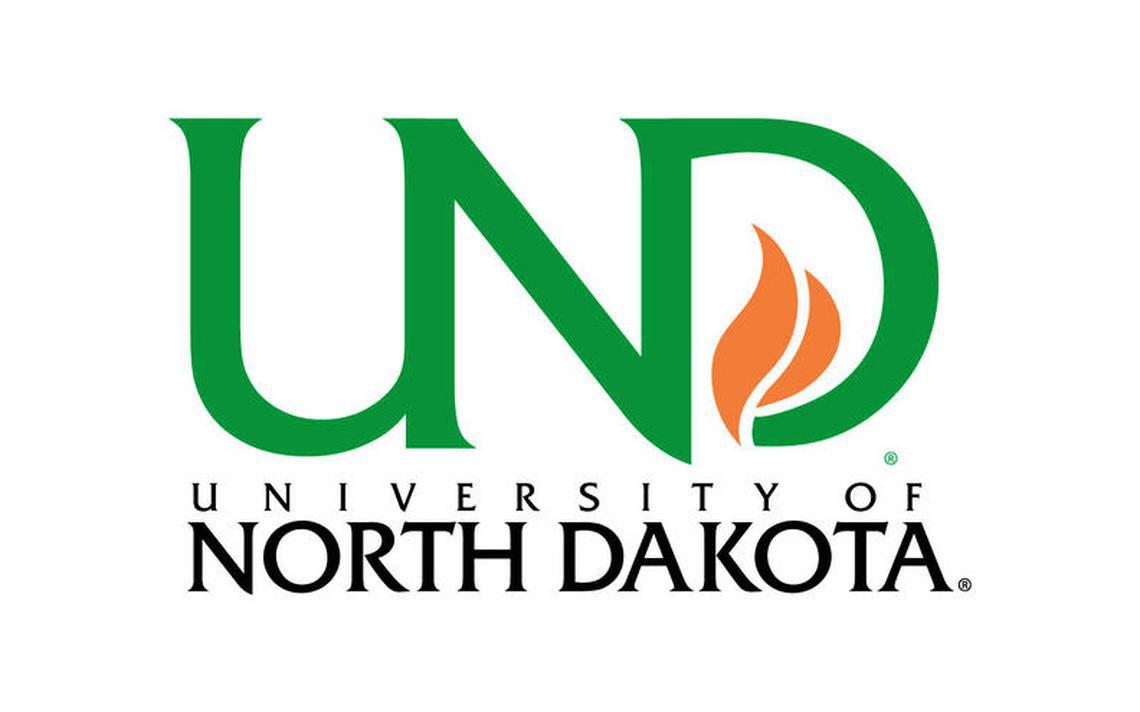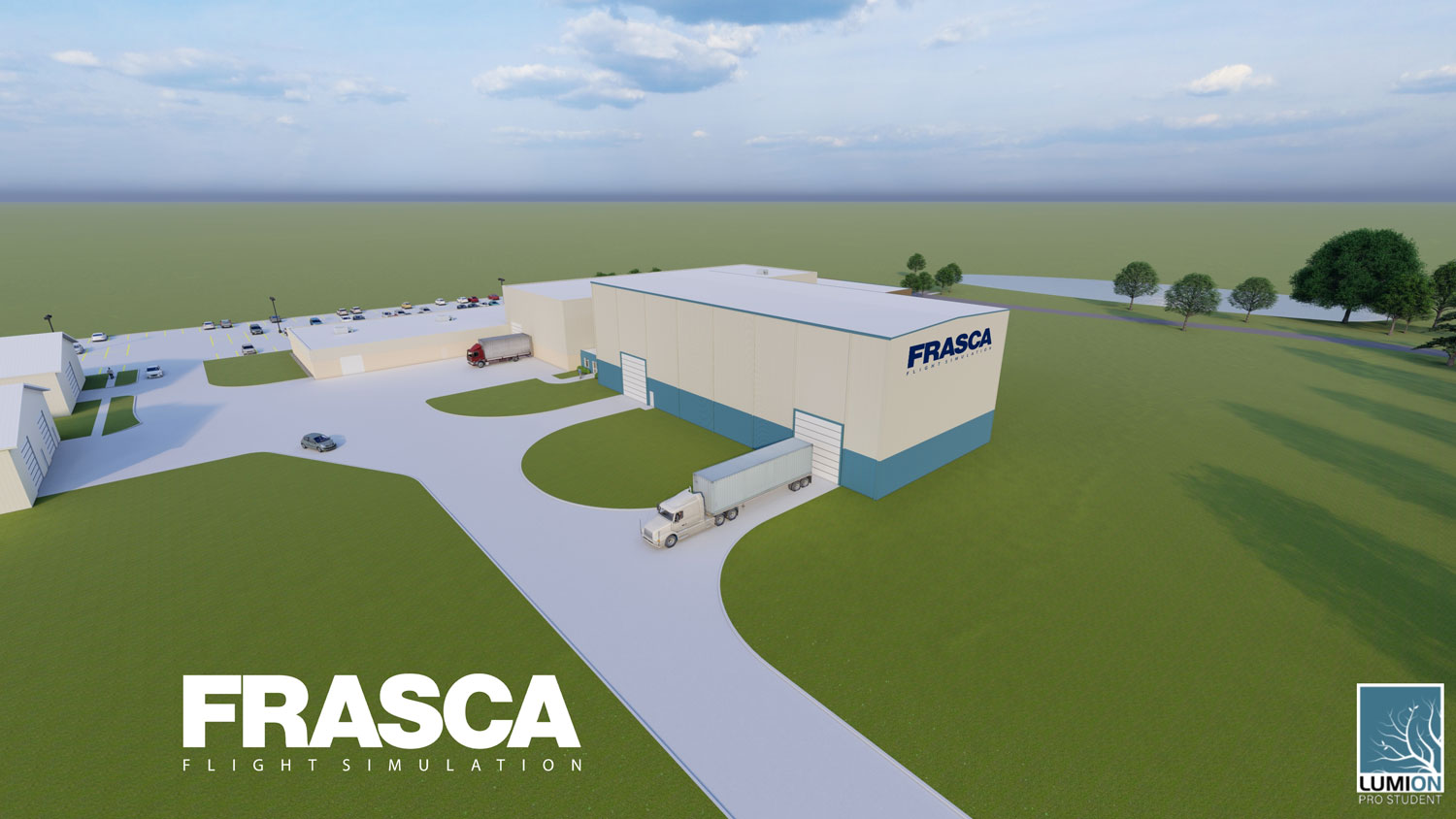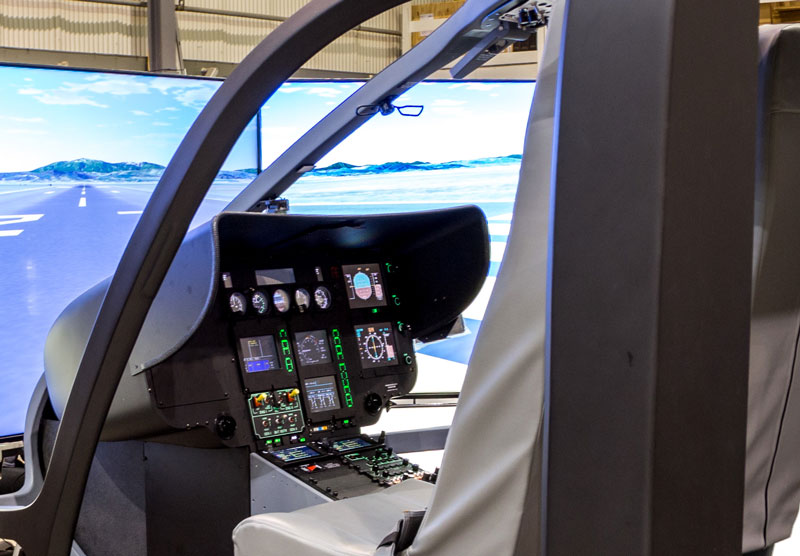Chad Martin took some time out to talk about the University of North Dakota’s (UND) world renown aviation program and how they successfully integrate simulators into their training.
FRASCA: Tell us about your position with UND?
CM: I’m the Fleet Manager and work on Special Projects for the program which means I manage the aircraft and simulator fleet and research products that help support our students and our mission. I’ve been with UND full time since 1999.
FRASCA: How many students do you have enrolled in your programs?
CM: We have approximately 2500 students on the flight line annually between both locations.
FRASCA: Tell us about your aircraft fleet?
CM: Our fleet consists of 105 single engine Piper archer trainers 35 of these are at the PHX location. 20 Seminoles, of which 6 are in PHX. 3 King Air 90s, and 4 Robinson 44 Helicopters.
FRASCA: And what about your simulator fleet?
CM: We have 6 Archers, 3 Seminoles, 1 CRJ 200 and 1 Mentor device at our Grand Forks, ND campus and in Phoenix we have 2 Cessna, 2 Archer and 2 Seminoles Sims. All are from Frasca.
FRASCA: Tell us about your flight training program. How do you integrate your simulators?
CM: We use the sims in all of our curriculum from private pilot training through instrument and multi engine training. The simulator lessons don’t focus only on instrument training. We use them for mastering basic handling and maneuvering of the aircraft as well as teaching students how to balance workload. The controlled environment provided by the sims really allows the instructor to determine areas of focus without compromising the safety of flight. Within the first 10 hours of training our students will spend 3-4 hours in the device for familiarization of entrylevel operations. This really helps them to relax and stay focused in the aircraft where there is so much activity. There is also heavy emphasis on emergency operations in single pilot and crew environments. The CRJ device provides students with real life scenarios in crew environments to help them manage the stress and workload to transition to the airline pilot profession.
FRASCA: What simulator features are most important to your program?
CM: Truthfully, the certification and fidelity level of the device. It needs to fly exactly like the aircraft to minimize the student/instructor frustration and make a positive learning experience when switching from one to the other. The realism incorporated in the cockpit, whether it’s the location of the switch or the type of switch, should match the aircraft. Ease of operation and dependability is also important. The instructor needs the ability to focus on the training, not operating the device.
FRASCA: What prompted you to choose Frasca as your simulator provider?
CM: UND has a rich history with FRASCA. All of the factors I’ve mentioned are very important to us and supported our decision. Most important is the excellent and personable customer support we have received over the years. Also, the dedication FRASCA has in making a quality product better.
FRASCA: What do you like most about your Frasca devices?
CM: The realism, reliability, ease of use are all important but reliability is probably the key. With the number of students on our schedule, the device is able to withstand heavy continuous use. Many students enter and exit the device daily. No matter how careful they are, the device must be built of quality materials to withstand the accidental bump of a knee or kick of a shoe.
In addition, The software must be capable of handling numerous cycles a day. Especially during peak training periods in the beginning and end of the semesters to avoid “bottle-neck” scenarios due to particular lessons that need to be completed. Typically you have a fleet of aircraft and can absorb MX issues. With just a few simulators, the effects of MX are exponential if they are not operating properly.
FRASCA: What do your instructors and students have to say about their experiences in the sims?
CM: Although everyone would rather take to the skies for every flight lesson, the students and instructors really enjoy the valuable learning environment provided by the sims. Additionally, the weather doesn’t always cooperate. The sims allow for continuous progression in training and minimize the loss of proficiency the next time you can fly. There is also a great cost benefit ratio realized when incorporating sims into training. Familiarization with avionics or improving situational awareness can be done to a much greater level in a fraction of the time it would take in the aircraft.




